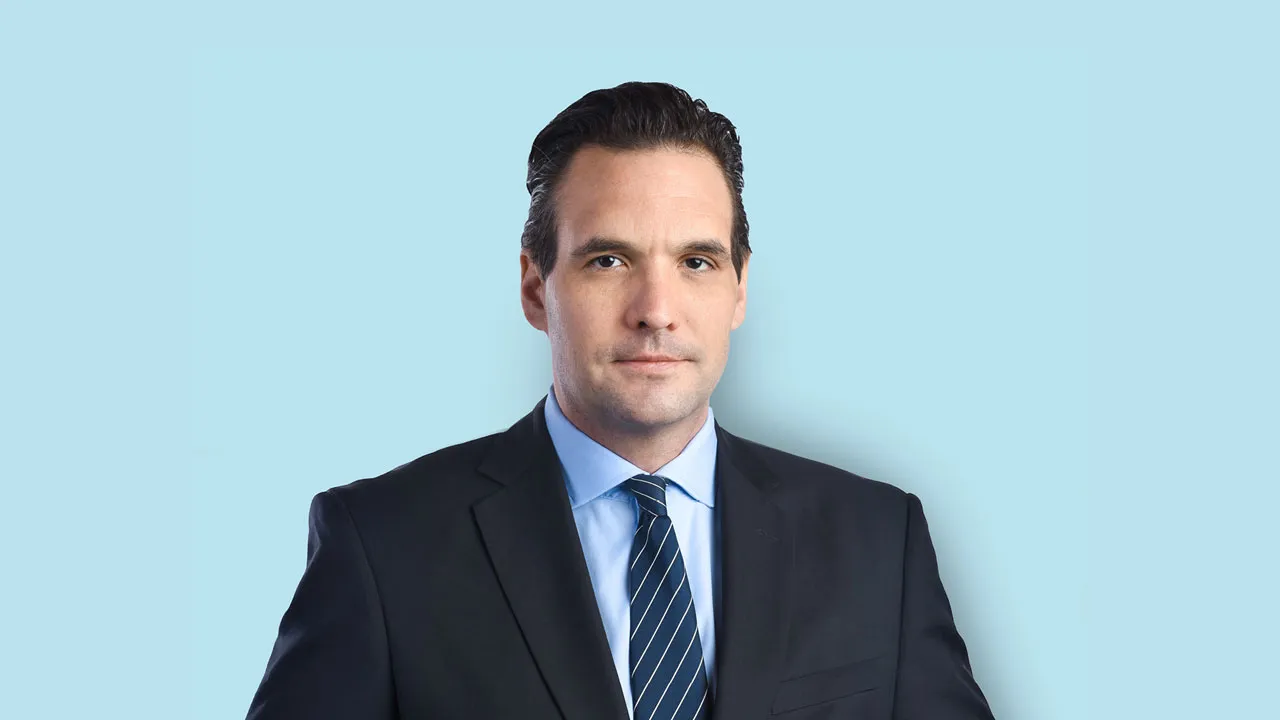Private equity as portfolio protection (guest article)
In the 80s and 90s, 60/40 portfolios – 60 percent in equities and 40 percent in bonds – represented a successful strategy for investors. The idea behind this was that equities and bonds provided a diversifying effect. When equities perform poorly, bonds can offset this and vice versa. For a long time, this mix offered investors attractive returns, generally with low volatility.
However, this classic investment strategy is now becoming outdated. The historical diversification effects only work to a certain extent these days, so that is absolutely essential for investors to expand their investment horizons. This is where private equity comes in, either to complement or even replace this traditional approach – this form of investment not only offers attractive returns and protection against inflation, it also brings stability to the portfolio, which is particularly necessary in times of crisis.
Private equity and the professionalisation of family offices
Family offices are continually evolving and are becoming increasingly professional. As a result, structures and processes, as well as investment decisions and objectives, are being revised and adapted, and therefore optimised.
Greater professionalisation has often led to an increasing focus on private equity as an investment option. This is because one of the greatest challenges for family offices is achieving attractive returns and preserving the existing capital in the long term. These developments have had the effect that many family offices have had to search for alternative forms of investment and have increasingly been investing in private equity due to the many benefits it offers.
The benefits of private equity at a glance
Private equity is an important component for those looking to build their assets in a structured manner. While institutional investors have been relying on this asset class for many years, private equity is still under-represented among families and individual investors. This approach offers a range of benefits though, which will also continue to endure in the coming years. In light of this, private equity, but also other alternative asset classes, such as venture capital, private debt, hedge funds and also property, could be a good option for strategic asset allocation.
If we look at larger institutional assets, such as the Yale University endowment fund, private equity and venture capital make up almost 40 percent of the total assets. This investment policy not only reduced volatility but also increased returns in the long term. Over an extended period of time, it was demonstrated that private equity not only generated a high return in many years, but also significantly stabilised the university fund’s investment portfolio. The performance of a stake in private equity is indeed less dependent on the daily moods of the capital markets and therefore less susceptible to fluctuations than, for example, listed stocks. Spreading risk across equities and bonds, or even property, is not sufficient to achieve attractive returns in the long term with reduced risk. In light of this, investors would be well advised to include some private equity in their investments.
The benefits of doing so speak for themselves:
- Private equity provides investors with returns that exceed those of equities over an extended period of time.
- Private equity reduces the susceptibility of a total portfolio to short-term fluctuations in the financial markets.
- Private equity stabilises overall returns provided by a portfolio.
- Private equity protects a total portfolio against interest rate fluctuations.
- And, finally, private equity provides good protection against inflation.
Family offices – the key partner for wealthy investors
Family offices are enjoying increasing popularity. Loss of confidence in banks and their asset management services is undoubtedly a key factor in this, as is the desire for truly independent advice – and this across all investment classes. As a consequence, wealthy families are keeping a tighter rein on their finances and seeking advice from a single source. This provides greater transparency and enables them to manage their overall assets more effectively. At the same time, non-bank asset management also holds the promise of many other benefits.
Clients of family offices have better control over their assets. Since they can work more closely with advisors, the portfolio is adapted to the individual needs and requirements of each client. There is often a conflict of interests between banks and families, with banks unwilling to include products that they do not offer themselves in the portfolio.
Family offices, on the other hand, offer a comprehensive service, which is entirely geared towards the interests of the client, regardless of bank- or product-driven interests. This ensures more efficient and more individual management of assets.
The range of services offered by family offices is extremely comprehensive and includes, among other things, expertise in traditional asset classes as well as alternative investments, including private equity. Each asset class has different risks and opportunities, but also liquidity profiles. This, in turn, means that combining asset classes can improve the risk-return profile for an entire portfolio as fluctuations across asset classes can offset each other. For this reason, family offices usually include all asset classes in their range of consultation services.

Private equity is an important component for those look-ing to build their assets in a structured manner.
Fabian Richter FINVIA, Senior Investment Analyst Alternatives


